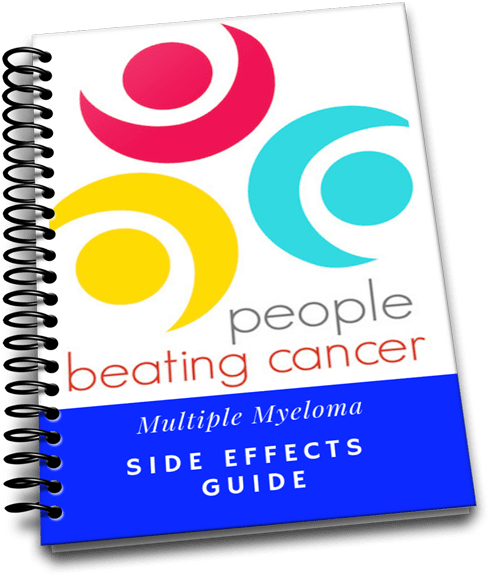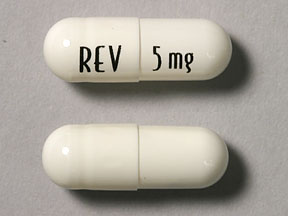
Recently Diagnosed or Relapsed? Stop Looking For a Miracle Cure, and Use Evidence-Based Therapies To Enhance Your Treatment and Prolong Your Remission
Multiple Myeloma an incurable disease, but I have spent the last 25 years in remission using a blend of conventional oncology and evidence-based nutrition, supplementation, and lifestyle therapies from peer-reviewed studies that your oncologist probably hasn't told you about.
Click the orange button to the right to learn more about what you can start doing today.
- You are here:
- Home »
- Blog »
- Multiple Myeloma »
- Myeloma- Low-dose Maintenance
Myeloma- Low-dose Maintenance

“Other major considerations of maintenance therapy revolve around concerns for toxicity including second malignancies..”
I enjoyed reading about your journey and applaud you on your 25 yrs beating this disease. You are an inspiration and I after reading this, your story made me feel that nothing is impossible. All the best
- MM diagnosis
- induction chemo (RVD?)
- Autologous stem cell transplant (where did you have yours?)
- low-dose maintenance Revlimid
- My OS (overall survival aka length of life) goal would be to die of old age in my sleep
- My quality of life goal (QOL) goal would be… minimal pain and suffering.
- Immunomodulatory drugs-Thalidomide, Lenalidomide (Revlimid), and pomalidomide (Pomalyst)
- Proteasome inhibitors-Bortezomib (Velcade), Carfilzomib (Kyprolis), and Ixazomib (Ninlaro)
- Monoclonal antibodies- Elotuzumab (Empliciti) and daratumumab (Darzalex)
- Immunotherapy- Isatuximab (Sarclisa)
- Nuclear export inhibitors. Selinexor (Xpovio)
- Glucocorticoid- Dexamethason, Prednisone
- MM Survivor
- MM Cancer Coach
- Director PeopleBeatingCancer
Recommended Reading:
What is Multiple Myeloma? Oncology has it backwards…
In my experience, MM is a blood cancer that combines potentially life-threatening symptoms and a series of life-threatening side effects. All at the same time. Let me explain…”
The role of maintenance therapy in multiple myeloma
“Specifically, controversy surrounds the optimal use and duration of maintenance therapy. We conducted a comprehensive literature search to analyze the most current literature and to provide recommendations for maintenance therapy in multiple myeloma…
Discussion
Among the trials, bortezomib and lenalidomide were used with different dosing, frequency and combination strategies amongst different studies making comparisons difficult and limiting the strength of any single recommendation.
Despite the variability, there is strong evidence to suggest that maintenance therapy improves PFS. Data regarding OS is more variable, but at least three trials suggest improved OS with maintenance therapy.22, 27, 31
Other major considerations of maintenance therapy revolve around concerns for toxicity including second malignancies, optimal duration of therapy and selection of agent specifically with regard to depth of response and disease risk stratification, and cost of therapy.”


